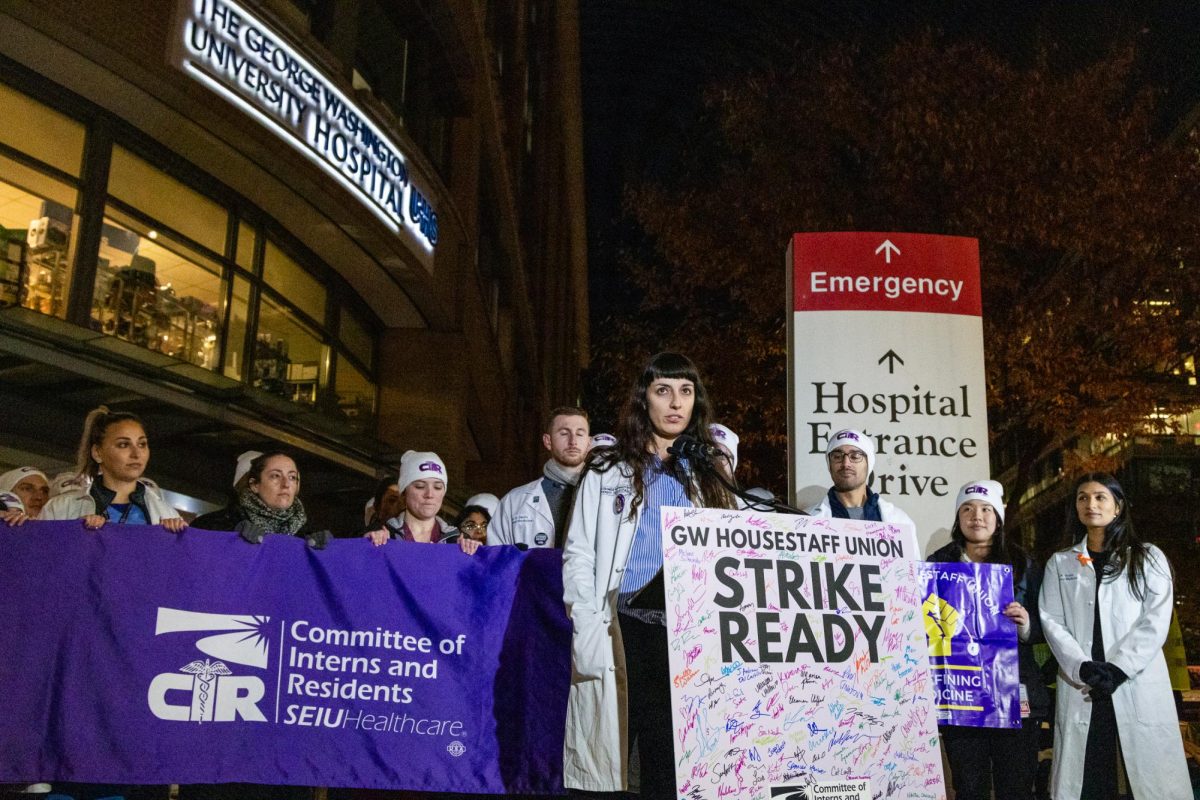Updated: Feb. 4, 2016 at 1:26 p.m.
Undergraduate applications increased by 28 percent this year, months after GW went test-optional, according to a release on Thursday.
GW received more than 25,400 applications, with a “significant increase” in first-generation, international, African American and Latino students, according to the release. Students who chose not to submit test scores made up about 20 percent of the applications.
GW hopes to enroll a class of 2,500 to 2,600 students next fall, a potentially slightly larger class than the 2,574 students officials enrolled in the Class of 2019.
Applications dropped by 13 percent in 2014, GW’s first decline in nearly a decade, after GW began only accepting the Common Application.
Officials attributed the increase in applications this year to the test-optional policy, as well as “targeted outreach” to high school counselors, data-driven recruitment and an updated campus visit program.
“We adopted our test-optional policy to strengthen and diversify an already outstanding applicant pool by reaching out to exceptional students who have been underrepresented at selective colleges and universities,” University President Steven Knapp said in the release. “These initial results suggest that our efforts are on the right track.”
Applications from first-generation students increased by nearly 1,100, according to the release. When GW decided to waive the standardized test requirement this summer, officials said they hoped it would attract a more diverse group of students. But experts questioned at the time whether the policy – which about 125 other institutions also share – would do much to increase racial or financial diversity.
When Virginia Commonwealth University went test-optional last year, the Washington Post reported that the school received between 450 to 500 additional applications after the change – far lower than the about 5,080 applications with no test scores that GW received.
Last year, GW admitted 45 percent of students, the highest admission rate in more than a decade, as officials increased the size of the freshman class amid a budget shortfall. GW relies on tuition for about 75 percent of its revenue.
The students GW accepted early decision have an average GPA that is “slightly higher” than the previous class, according to the release. Vice Provost for Enrollment Management and Retention Laurie Koehler said in the release that is a signal “GW is on its way to enrolling its strongest and most academically gifted class to date.”
“We are excited to see such a diverse group of applicants who feel that GW is a great fit for them,” she said.




